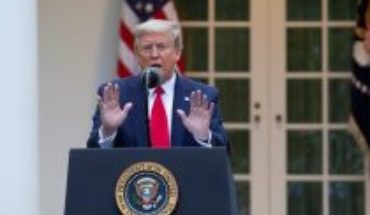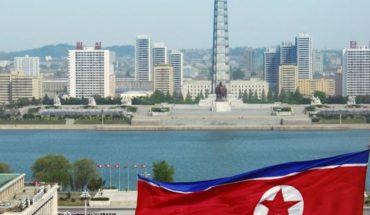LONDON (AP) — When British police used facial recognition cameras to monitor crowds arriving at football matches in Wales, some fans protested by covering their faces. As a sign of the technology division, even the head of the neighboring police force opposed it. South Wales police deployed technology-equipped vans outside Cardiff Stadium this week as part of extensive evidence in which officers scan people in real time and detain anyone on the blacklist of criminal assistants Previous. Human rights defenders and team fans staged a protest before the match between Cardiff City and Swansea City, wearing masks, balaclavas or scarves covering their faces.
“It’s disproportionate to risk,” said Vince Alm, president of the Wales Football Fans Association, who helped organize the protest. “Football fans feel like they’re being harassed” and are used as guinea pigs to test new technology, he said. Britain-proven real-time surveillance is one of the most aggressive uses of facial recognition in Western democracies and raises questions about how technology will be part of daily life. Authorities and companies are eager to use it, but activists warn that it violates human rights. For a long time, the British have been using video surveillance, with a high density of security cameras. Police forces have used cameras in public spaces for decades in their fight against the Irish Republican Army and, more recently, after the terrorist attacks of September 11, 2001.
Recent advances mean that the new series of facial recognition systems will test public acceptance.
South Wales police lead britain. In 2017, he began producing and testing facial scanning cameras after receiving government funding. Although a court ruled last year that the test is legal, neither the government nor Parliament has drafted the relevant rules. Camera-equipped vans, using technology from Japan’s NEC, scan faces in crowds and compare them to a database of people wanted on suspicion of committing a crime or committing it. The system sends an alert if someone appointed passes through the place and that person is investigated, according to the force’s website. Human rights defenders say this type of monitoring creates privacy, consent, algorithmic accuracy, and questions about how faces are added to watchlists. It’s an “alarming example of oversurveillance,” said Silkie Carlo, director of the Privacy Group Big Brother Watch. “We are very concerned about the naturalization of this. It’s a highly controversial technology that has no explicit legal basis.” North Wales police commissioner Arfon Jones reported that taking pictures of crowds for facial recognition is like “going fishing.” He also mentioned his concern that there were false positives.” I’m uncomfortable with this insidious interference with our privacy,” Jones, a former policeman, said in an interview. “It would be more justified for the police to use it if it had intelligence about an imminent threat such as a terrorist attack,” he added. The debate also takes place in the United States, where real-time surveillance remains unusual and technology is most commonly used to identify suspects by passing their images through a group of police log photographs or licenses of Drive. Opponents in the United States, including politicians, want to ban or restrict facial recognition for fears of racial discrimination. Some point to China’s vast networks of street cameras to monitor ethnic minorities. Britain is the country with the most chambers per capita, with one for every 6.5 people, according to IHS Markit.London is the most guarded city in the world and one of only two non-Asian cities in the top 10 places, according to a report by Comparitech. The British capital has almost 628,000 surveillance cameras.





